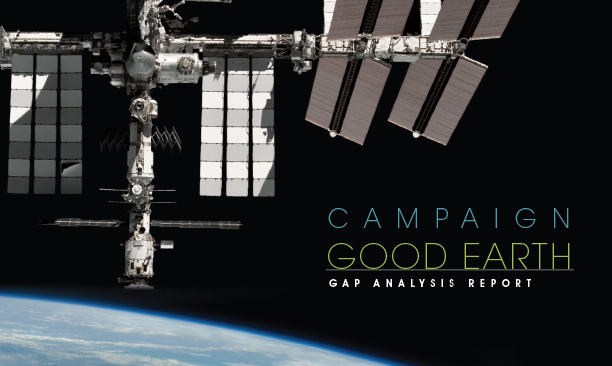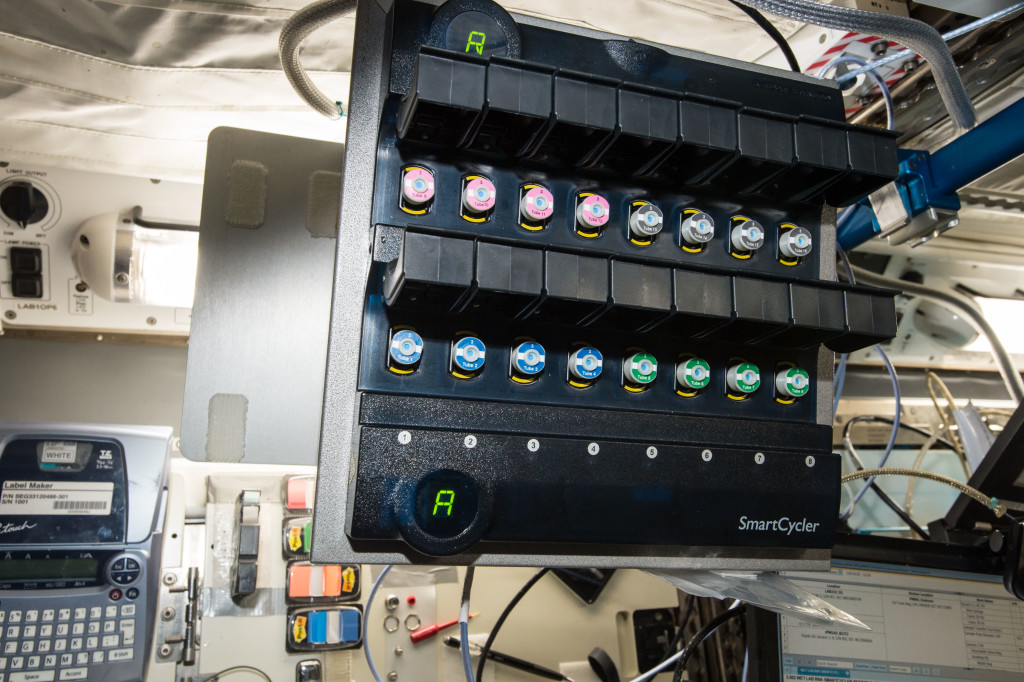
On April 28, CASIS released their Good Earth Technology Gap Study (PDF). Compiled for them by From James Goodman of Hyspeed Computing, this report is part external facility researchers guide, part market study, and recommends particular lines of interest in sensors: hyperspectral, Light Detection and Ranging (LIDAR) and Synthetic Aperture Radar (SAR); and for next generation on-board data compression and computing capabilities.
The ISS provides a unique vantage point for Earth observation, and the ISS infrastructure itself provides many advantages as a robust platform for sensor deployment. Real-time and time-series information gathered from remote sensing applications have proven invaluable to resource management, environmental monitoring, geologic and oceanographic studies, and assistance with disaster relief efforts. This report, an analysis of the gaps between ISS capabilities and limitations in the remote sensing market, is meant to initiate a path toward optimal use of the ISS National Lab as a platform for project implementation and technology development. (credit: CASIS)

On orbit last week the Wetlab-2 technology demonstration runs have declared success in their ability to show that the device can amplify RNA (ribonucleic acid) using a commercially adapted quantitative polymerase chain reaction machine (qPCR) in space. Scientists studying a wide range of biology questions need quality gene-expression information, which requires specialized equipment that can extract DNA and RNA. Wet Lab RNA SmartCycler (Wetlab-2) validates a new system that can take a sample grown in orbit, extract RNA, and set up reactions that record gene expressions in real time. Data can be downlinked to Earth for analysis, improving scientists’ ability to study biological processes in microgravity. Specifically, last week, they have showed that they were able to achieve Simplex, Duplex and Triplex qPCR amplification which refers to the number separate reagents targeting areas of gene expression being amplified in a single batch. This week, the crew has begun the final of four WetLab-2 sessions by conducting the validation operations and processing a cell sample to extract the RNA.
Kirt Costello
ISS Deputy Chief Scientist and Program Science Office Manager
